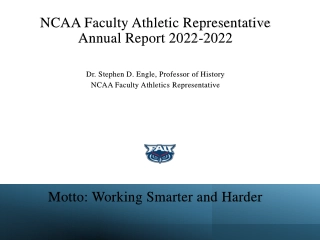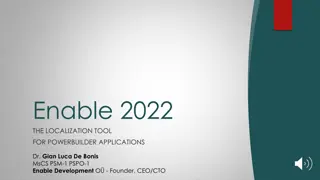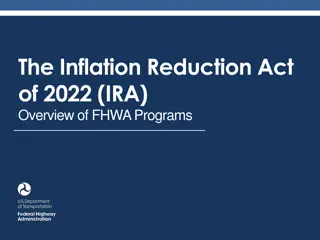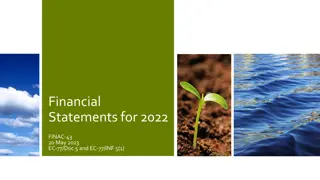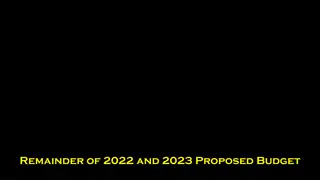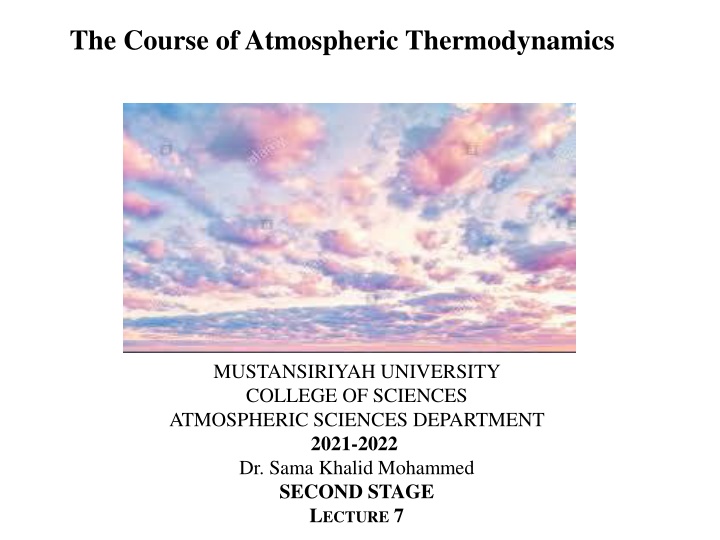
Understanding Entropy in Atmospheric Thermodynamics
Explore the concept of entropy in ideal gases through a detailed lecture covering topics such as entropy change, Gibbs theorem, and special cases of isothermal, isobaric, and isochoric transformations. Gain insights into the relationship between entropy and different thermodynamic processes.
Download Presentation

Please find below an Image/Link to download the presentation.
The content on the website is provided AS IS for your information and personal use only. It may not be sold, licensed, or shared on other websites without obtaining consent from the author. If you encounter any issues during the download, it is possible that the publisher has removed the file from their server.
You are allowed to download the files provided on this website for personal or commercial use, subject to the condition that they are used lawfully. All files are the property of their respective owners.
The content on the website is provided AS IS for your information and personal use only. It may not be sold, licensed, or shared on other websites without obtaining consent from the author.
E N D
Presentation Transcript
The Course of Atmospheric Thermodynamics MUSTANSIRIYAH UNIVERSITY COLLEGE OF SCIENCES ATMOSPHERIC SCIENCES DEPARTMENT 2021-2022 Dr. Sama Khalid Mohammed SECOND STAGE LECTURE 7
THIS LECTURE INCLUDING THE FOLLOWING ITEMS Entropy of an Ideal Gas Entropy Change in an Adiabatically Expanding Ideal Gas Gibbs theorem Entropy of mixing
Entropy of an Ideal Gas The Eqn. set can be rewritten (for an ideal gas) as:
Entropy of an Ideal Gas For one mole of ideal gas, there is a special cases: 1. For isothermal transformation( at constant temperature (T2=T1)) ??= R ln?2 In which T denotes to the change of Entropy is done for constant temperature. From the equations above, we can conclude that: If V2>V1 ( which is the case of expansion), ?? will be positive, therefore the expansion of the ideal gas at constant temperature will corresponds with increasing Entropy; and similarly, the ideal gas compression will corresponds with decreasing Entropy). ?1 , ??= R ln?2 ?1
Entropy of an Ideal Gas For one mole of ideal gas, there is a special cases: 2. For isobaric transformation (at constant pressure (P2=P1)) ??= ??ln?2 ?1 In which P denotes to the change of Entropy is done for constant pressure. From the equations above, we can conclude that: If T2>T1 ( which is the case of increasing temperature at constant pressure), ?? will be positive, therefore the increasing of the temperature of the ideal gas at constant Pressure will corresponds with increasing Entropy and vice versa(i.e. the case of the decreasing of the temperature ideal gas at constant pressure).
Entropy of an Ideal Gas For one mole of ideal gas, there is a special cases: 3. For isochoric transformation (at constant volume (V2=V1)) ??= ??ln?2 ?1 In which V denotes to the change of Entropy is done for constant volume. From the equations above, we can conclude that: If T2>T1 ( which is the case of increasing temperature at constant volume), ?? will be positive, therefore the increasing of the temperature of the ideal gas at constant volume will corresponds with increasing Entropy and vice versa(i.e. the case of the decreasing of the temperature ideal gas at constant volume ).
Entropy Change in an Adiabatically Expanding Ideal Gas Free Expansion P = const. P ?= const.
ENTROPY OF MIXING Remember: Avogadro's Law: It gives the relationship between volume and amount (moles) when pressure and temperature are held constant Equation (28) implies that the entropy of mixing is always a positive value, so mixing of gasses always increased the entropy!!! Why???


